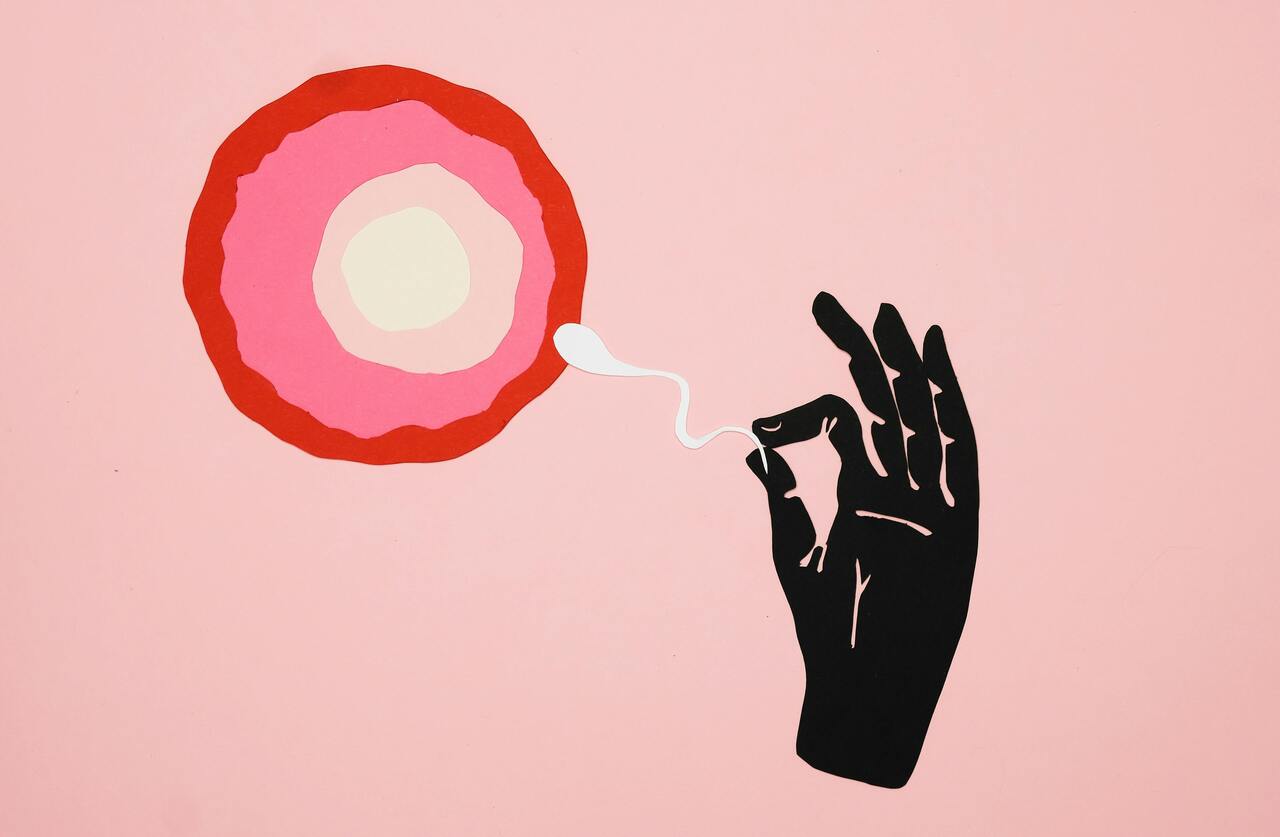What is ICSI?
Unlike conventional IVF, where eggs are incubated with many sperm, ICSI uses a microneedle to place one viable sperm into the egg’s cytoplasm. This can bypass barriers in cases of marked semen abnormalities or after prior fertilization failure. A patient-friendly introduction is available from the U.K. regulator: HFEA: ICSI.
Who is ICSI for?
Typical indications include:
- Significant male factor (clearly reduced concentration, motility or morphology; antisperm antibodies).
- Fertilization failure in a previous IVF cycle.
- Use of surgically retrieved sperm (PESA/MESA/TESE/mTESE).
- Very few mature eggs on retrieval day when optimizing fertilization is prudent.
Professional societies also note: when there is no male factor, ICSI usually offers no added benefit over conventional IVF; routine use is not recommended. See for example the committee opinion: ASRM.
Evidence and success rates
Live-birth chances are driven primarily by age and egg quality, not by choosing ICSI per se. With a clear male factor, ICSI often achieves high fertilization rates; without it, systematic comparisons show no consistent advantage for clinical outcomes (pregnancy or live birth) over IVF. See the overview: Cochrane.
Step-by-step process
- Preparation: history, work-up, infection screening; counselling on alternatives, chances and risks.
- Stimulation & monitoring: ovarian stimulation with ultrasound and hormone checks; OHSS prevention.
- Egg retrieval: ultrasound-guided follicle aspiration to collect mature oocytes.
- Semen preparation: collection and processing; surgical retrieval if needed (e.g., TESE).
- ICSI: selection of motile sperm and micro-injection into each mature egg.
- Embryo culture: monitoring development, often to the blastocyst stage.
- Embryo transfer: transfer of a single suitable embryo (single-embryo transfer preferred); remaining embryos may be frozen.
- Luteal phase & test: progesterone support; pregnancy test about 10–14 days after transfer.
For a readable comparison of IVF vs. ICSI, see NHS Inform.
Risks and safety
Key risks relate to stimulation (e.g., OHSS), procedures (rare bleeding/infection) and multiple pregnancy if more than one embryo is transferred. Micromanipulation can mechanically damage some eggs; reputable patient information is transparent about this (e.g., NHS patient leaflet). Overall, long-term data are reassuring; small risk increases can be hard to separate from effects of the underlying infertility.
Lab options (“add-ons”)
Many add-ons (e.g., PICSI/IMSI, certain culture supplements) do not reliably increase live-birth rates for most patients. The HFEA grades add-ons using a transparent “traffic-light” system and advises caution without a clear indication: HFEA Add-ons.
Comparison: ICI · IUI · IVF · ICSI
| Criterion | ICI | IUI | IVF | ICSI |
|---|---|---|---|---|
| Principle | Place sample near the cervix | Washed sperm into the uterus | Egg + many sperm in the lab | One sperm injected into the egg |
| Typical indication | Entry option without major factors | Unexplained infertility, mild male factor, donor sperm | Tubal factor, endometriosis, failed IUI | Marked male factor, fertilization failure |
| Per-cycle success | Rather low; timing matters | Moderate; higher with stimulation | Higher than IUI; age-dependent | Similar to IVF; advantage mainly with male factor |
| Complexity | Low | Low–moderate | Moderate–high (laboratory) | High (micromanipulation) |
| Main risks | Low; hygiene is key | Multiple pregnancy risk with stimulation | OHSS, procedural risks, multiples | As in IVF + potential egg damage |
Takeaway: use ICSI selectively when a clear benefit is expected; without male factor, conventional IVF remains standard (see the Cochrane analysis above).
Planning, timing and practical tips
- Define the indication precisely (male factor, prior fertilization failure, special findings).
- Discuss prognosis realistically: outcomes are dominated by age and egg quality.
- Prefer single-embryo transfer; actively avoid multiple pregnancy.
- Prevent OHSS: measured stimulation, an appropriate trigger strategy, and consider “freeze-all” if at risk.
- Scrutinize add-ons and use only with a plausible indication/evidence (refer to HFEA ratings).
RattleStork – be better prepared for ICSI decisions
RattleStork isn’t a clinic and doesn’t replace medical advice. It helps with structure and communication: verified profiles, secure messaging, and private notes and checklists for appointments, medications and questions for your care team. Keep everything in one place—from the first consult to embryo transfer.

Conclusion
ICSI is a precise lab technique with clear value for significant male-factor infertility or after fertilization failure. Without male factor, it usually adds no benefit over conventional IVF. Good practice means: clear indication, realistic expectations, cautious stimulation, conservative embryo number and a critical eye toward add-ons.

